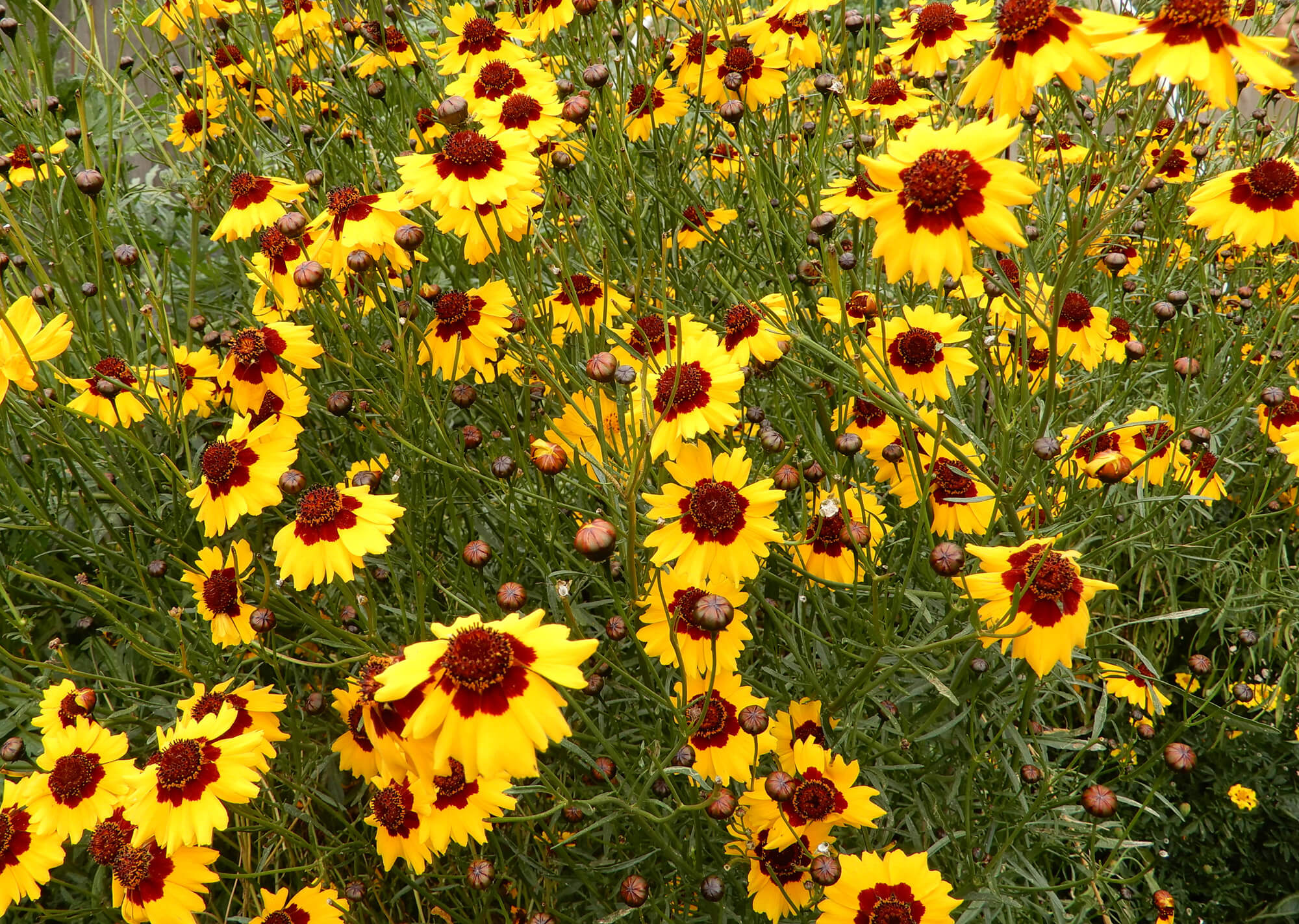 Until only 130 years ago all textiles, clothing and leather were colored with natural dyes. The first synthetic color was discovered in 1883 and soon after much of thousands of years of experience and knowledge was lost as the industrial revolution rushed forward with cheap and easy-to-use chemical dyes. A century later, we are faced with the persistent and toxic by-products of these dyes that have killed many rivers in China and compromised the health of many workers.
Until only 130 years ago all textiles, clothing and leather were colored with natural dyes. The first synthetic color was discovered in 1883 and soon after much of thousands of years of experience and knowledge was lost as the industrial revolution rushed forward with cheap and easy-to-use chemical dyes. A century later, we are faced with the persistent and toxic by-products of these dyes that have killed many rivers in China and compromised the health of many workers.
The solution to this problem is literally blooming all around us. As gardeners we may be surprised to discover how many plants in our gardens are full of gorgeous pigments. We can grow many traditional dye plants quite easily in and amongst our ornamental and vegetable beds.
10 Plants for Color: A Simple Guide to Growing and Using Natural Dye Plants by Deepa Preeti Natarajan and Helen Krayenhoff is an easy to follow beginner’s handbook. Many of the plants covered are annuals: Purple Basil, Coreopsis, Yellow Cosmos, Dyer’s Chamomile, Marigolds, Navajo Tea, and Hopi Black Dye Sunflower. Others are perennial: Artichoke and Dahlia. The book covers the pre-dye preparation of yarn and cloth, creating a dye bath and ways to modify the color. Interesting ethnobotanical notes are included to deepen your knowledge of the plant.
Growing instructions will help you successfully propagate your own dye plants. Whether you are a knitter, sewer or amateur chemist, growing your own plants for color is a very satisfying endeavor.
We have a special place for dye plants in the annuals section in the nursery and many dye plant seeds in the seed racks in the store. You can purchase the book at BHN.


